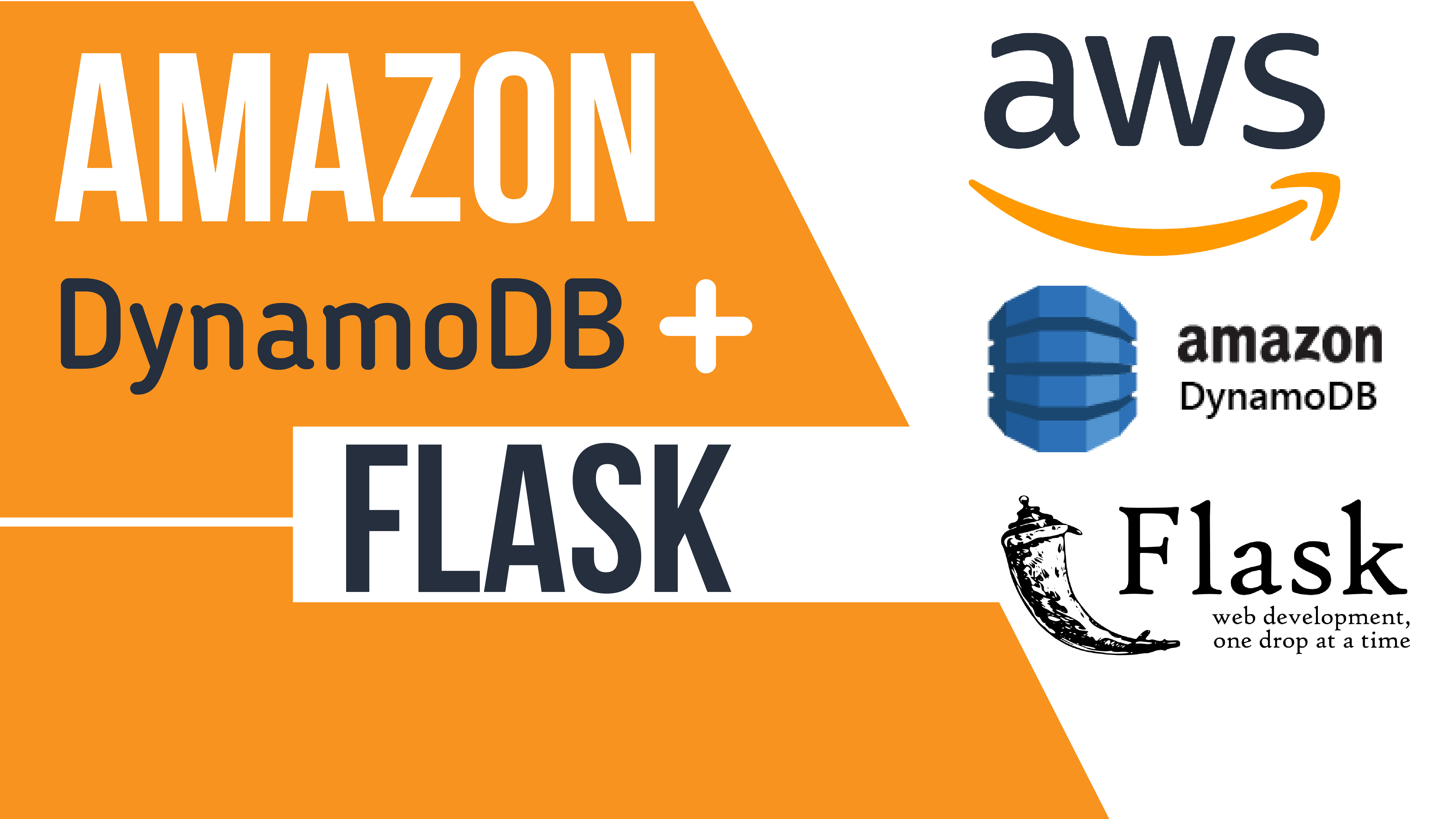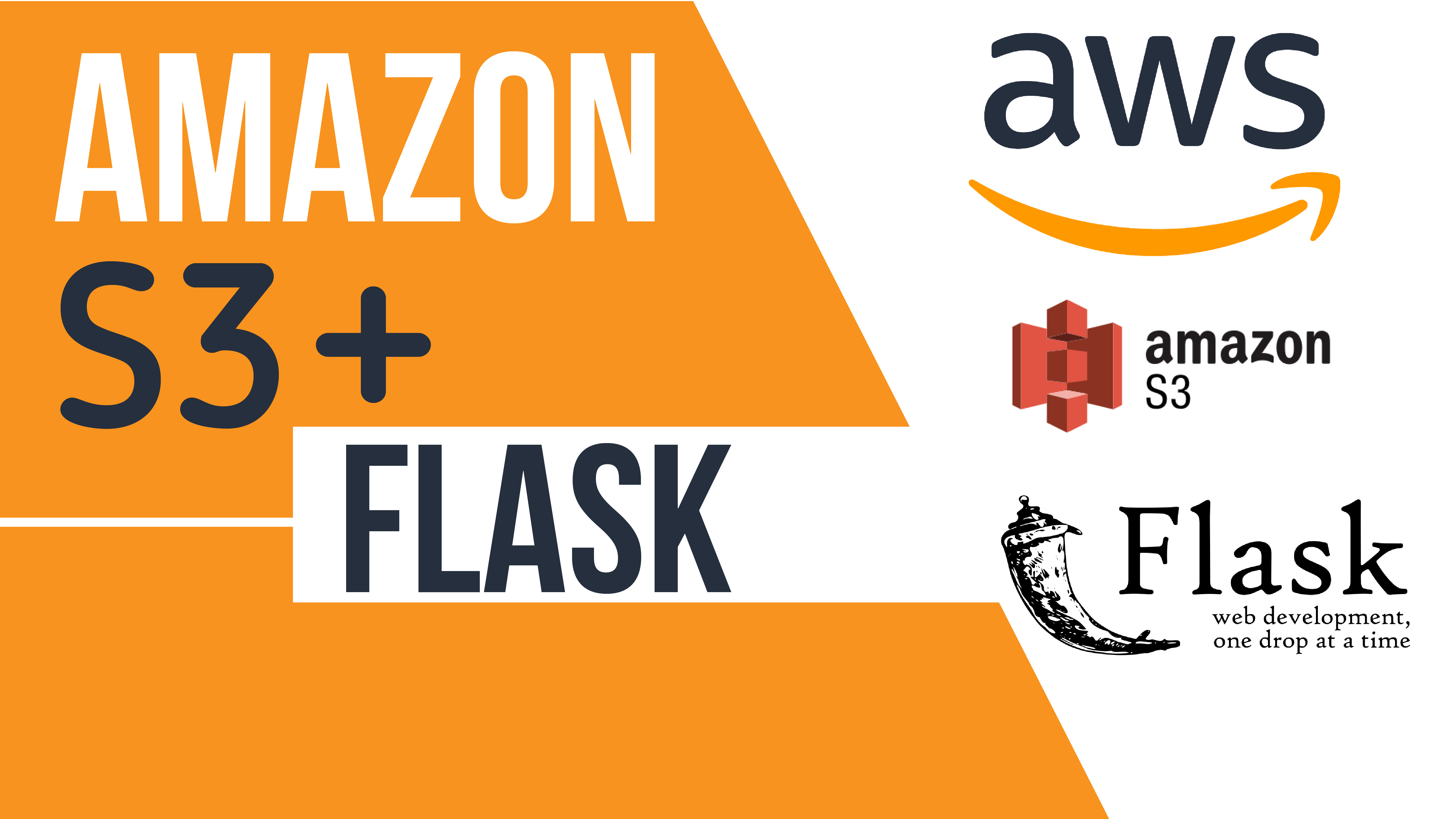The interview took place on Zoom due to the Covid-19 pandemic. There were two panelists.
Continue readingPage 4 of 5
The interviews were conducted on the gather platform which was really well designed. It also gave a feel of the actual in-person process. The panels were also made according to our background. For instance, the panel in which I was comprised only of Electronics background engineers.
Continue readingThe selection procedure comprised of a written test followed by two interviews. The written test was subjective. Answer sheets were provided to write the answers. This was followed by a technical interview and then an HR interview.
Continue readingThe interviews were preceded by an MCQ test which comprised of questions on C, OS, and aptitude. The interview was a campus interview for an entry-level software engineer.
Continue readingThe process started with an online test which comprised of questions on quantitative aptitude, data structures, computer networks and verbal ability. There were 39 objective questions and one subjective puzzle. The questions were of moderate difficulty.
Continue reading
In this article you learn how to use DynamoDB with flask. We will see the read and write operations on DynamoDB using boto3. We will make a complete signup and login page.
Continue reading
In this article you will learn how to upload files to your S3 bucket using Flask from your website.
Note: You must have an account on aws to access the S3 service.
We will be having
- .py file with the flask code
- .html file to choose the file from the website

In this article, we are going to make a dashboard using H2O Wave. We will be using the Credit Card Fraud Detection dataset from Kaggle and plot interactive visualisations. You can download the dataset from here.
Continue readingH2O Wave is an open-source Python development framework that makes it fast and easy for data scientists, machine learning engineers, and software developers to develop real-time interactive AI apps with sophisticated visualizations.
H2o

In this article, we will see how we can use Streamlit with Image Processing Techniques and Object Detection Algorithms. I am assuming that you have Streamlit installed and working on your system. If you do not know how to start with streamlit then you can refer to my previous article where I have explained it in brief.
I have also deployed this streamlit app on Streamlit Sharing. You can have a look at it before reading the article further.
Here is the link: Image Processing using Streamlit
Continue reading
In this article, we are going to see how to use dstack.ai for creating ML apps. I have taken the loan prediction dataset. This particular loan prediction app helps predict whether the customer should be given a loan or not based on different parameters. It’s a classification based problem and gives the output as Yes/No(1/0).
dstack.ai is a python framework to create AI and ML apps without writing any frontend code. Before we get started I am assuming that you have installed dstack server on your system and it is running. You can start the server by the following command. If you wish to change the port you can do that also.
dstack server start --port 8081© 2024 HACKERSHRINE
Theme by Anders Noren — Up ↑
